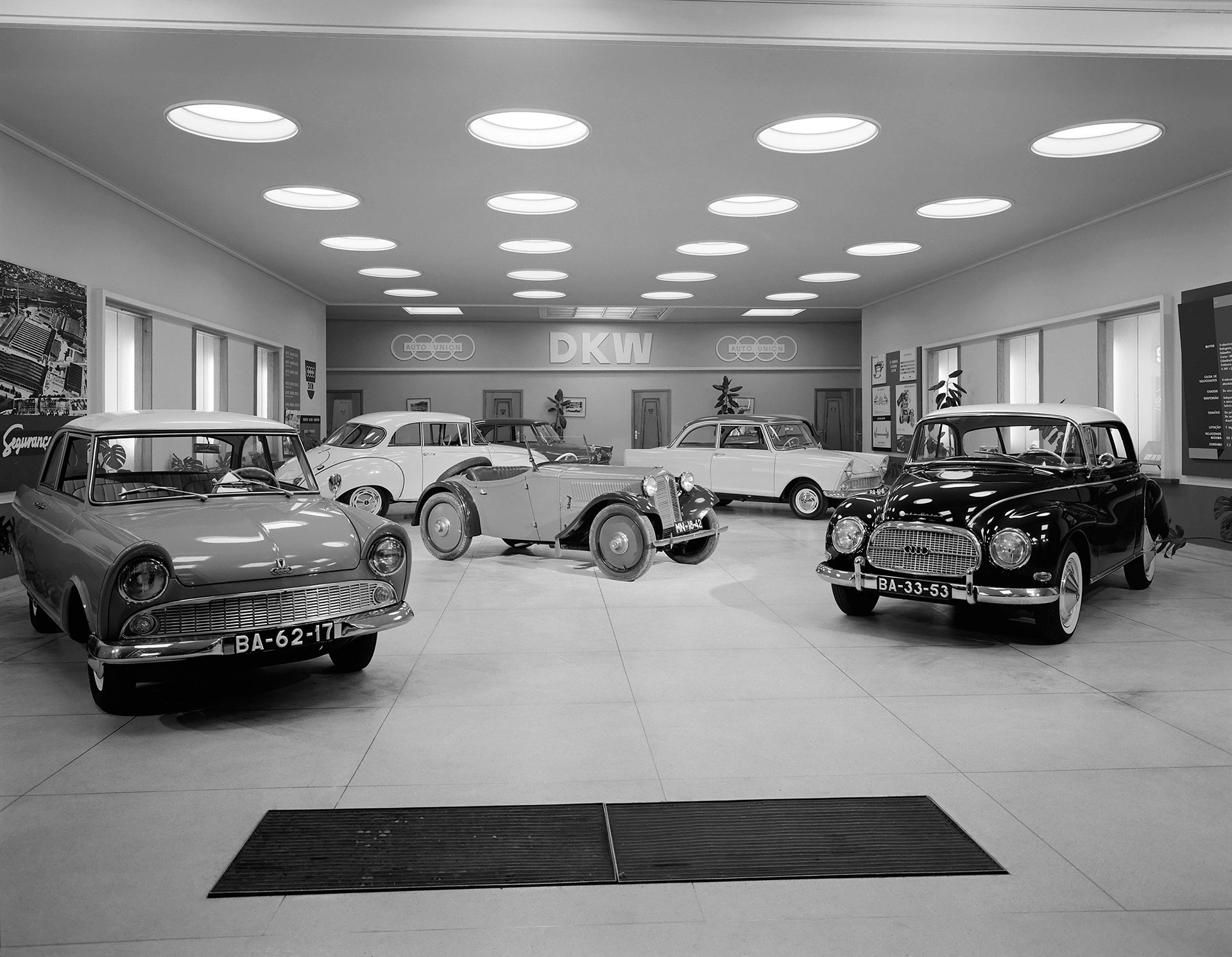The Nostalgia of Forgotten Gods: DKW (Cars), Germany, 1928-1966
29 June 2024 3 min read 5 images

Photo credit: Audi, Wheelsage
Roarington's journey to discover lost automotive brands continues today with the German DKW, an acronym derived from the founder Jorge Skafte Rasmussen's early experiments with steam power—Dampf-Kraft-Wagen (steam-powered car).
Register to unlock this article
Signing up is free and gives you access to hundreds of articles and additional benefits. See what’s included in your free membership. See what's included in your free membership.
Already have an account? Log In


